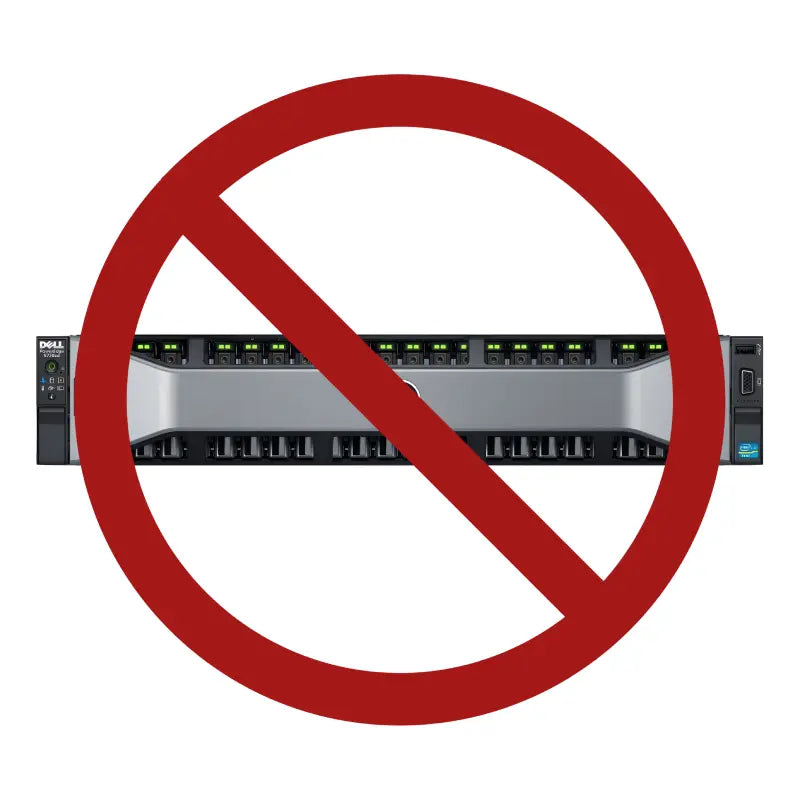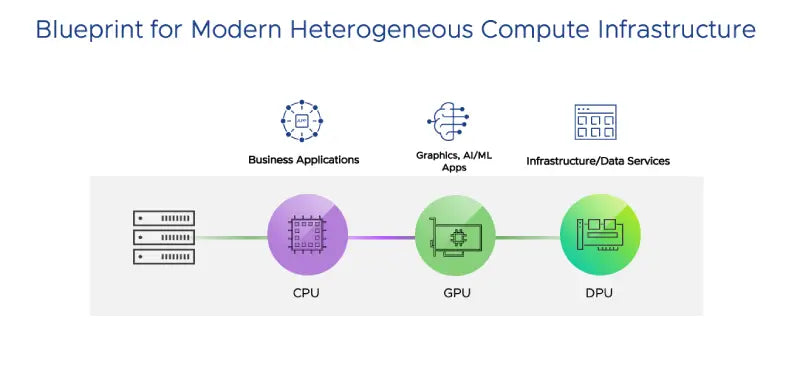Why VMware ESXi 8.0?

Making the Jump
If you're running ESXi 6.7 or older, it's probably time to upgrade as we're well past the End of General Support that finished last October, and you've only got a few months left until the End of Technical Guidance come this November.
What this last phase covers is only the most minor workarounds for "applicable configurations" that VMware don't exactly define.

If you're running ESXi 7.0 and your mission time is 2 years or longer, you might want to upgrade too, as only 14th Generation Dell Servers and newer are compatible with ESXi 8.0.
If you're planning to have your environment in production come this autumn for a successfully smooth summer next year, it'll take time to acquire, install, and test your hardware.
By then, a few updates will have released - most likely Update 3- rendering the new version much more stable and well worth investing.
New Features
Monitor energy usage to help keep your carbon emissions down, with green metrics for VM, System, and Idle power usage in vROps.

Free CPU resources and compute only the important data, offloading networking processes, traffic, and distributed firewall responsibilities to a dedicated Data Processing Unit (DPU) with the Distributed Services Engine.
Stage update and firmware payloads to hosts with enhanced Distributed Resource Scheduling (DRS) via vSphere Lifecycle Manager (vLCM).
Distribute hardware consumption easily with Device Groups, a simplified structure for NICs and GPUs, with NVIDIA the first partner to release compatible drivers.
Safeguard cloned VMs and avoid cybersecurity risks with TPM Provision Policy ensuring that vTPM secrets are refreshed and unique.
Run only what should and prevent untrusted binary execution through vSphere Installation Bundles (VIB).

Migrate sensitive and clustered services with pre-configured, uninterruptible timeouts to gracefully stop services and execute failovers if needed with Device Virtualization Extensions.
Connect securely when administrating your infrastructure remotely over TLS 1.2 with Secure Shell (SSH) Timeout, in which access is also disabled by default.
Encrypt with confidence by only supporting TPM 2.0, allowing asymmetric algorithms with higher entropy, such as ECC P256 and ECC BN256 in conjunction with SHA-2 256.
Virtualize safely with sandboxed daemons and processes, ensuring that only the minimum required permissions are available.
Key Statistics
100% ↑ vGPUs per VM from 4 to 8
150% ↑ Lifecycle Manager Hosts from 400 to 1,000
25% ↑ VMs per Cluster from 8,000 to 10,000
400% ↑ VMDirectPath I/O Devices per Host from 8 to 32
The Cherry On Top
You'll be supported until 2027.


